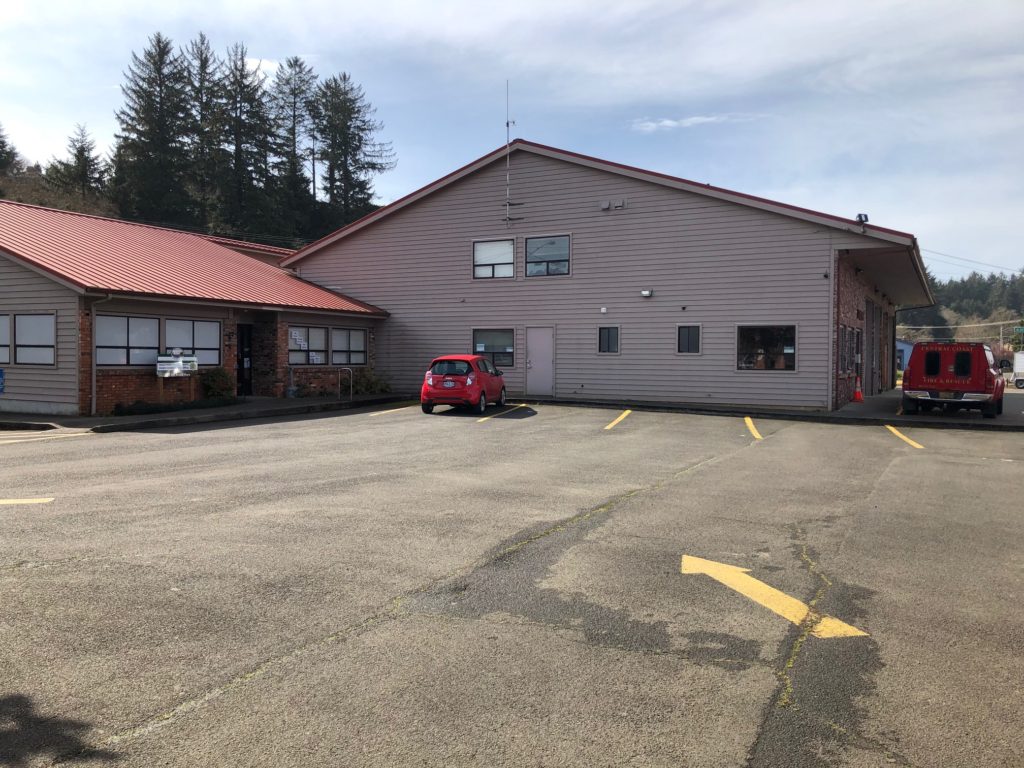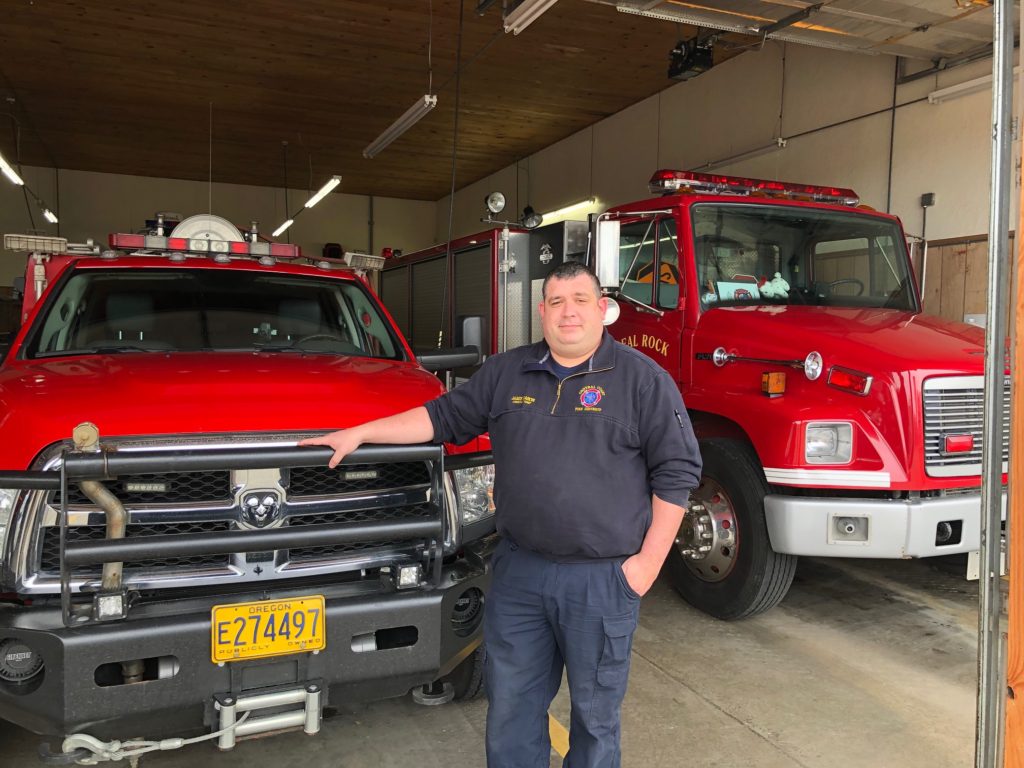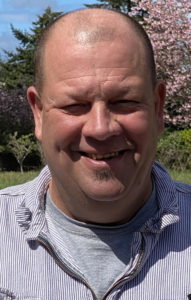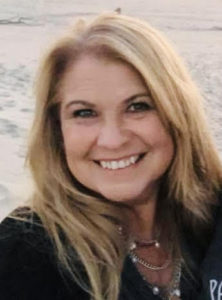
By QUINTON SMITH/YachatsNews.com
WALDPORT – Voters in the Central Coast Fire & Rescue district will get to decide in November if the district can hire another firefighter and put some money away each year to replace equipment.
The district’s five-member board voted during a special meeting last week to seek renewal of a current levy that is expiring next June, but making it for five years instead of its current 10 years.
The levy carries a tax rate of 25 cents per $1,000 assessed property value – which costs the owner of property valued at $250,000 just over $62 a year. If approved, the levy is expected to provide the district $99,375 a year. The levy was last approved by a 3-to-1 margin in 2011 and had been used only to buy or repair engines and other equipment.
But with equipment now in reasonable shape after a spate of repairs and one purchase the past year, the board agreed with a recommendation by Chief Jamie Mason to use the levy to hire a firefighter and put aside $25,000 a year for equipment.
The district expects to seek a bond in two or three years to buy and remodel the station in downtown Waldport it currently rents from the city, and hopes to include money for new equipment in that request. It recently spent $110,000 to buy and equip a used 2009 engine to serve as the district’s first engine out.
Staffing is now the biggest concern.
The district currently has four firefighters. An intergovernmental agreement with the Seal Rock Fire District, which also has four firefighters, allows it to share first responders to staff the main station in downtown Waldport and the Seal Rock station just north of the Alsea Bay bridge with three employees per shift. When more help is needed, the district uses 6-7 active volunteers or relies on mutual aid agreements with fire departments in Yachats and Newport.
But with the levy expiring next June, the district’s board had to decide whether to just ask voters to renew it or seek an increase – and what to do with the money should it pass.
Mason outlined three proposals for the board:
- Keep the current 25 cent levy, but use it to hire one firefighter, estimated to cost an average of $75,000 in salary and benefits a year and put aside $25,000 for equipment purchases. With the Seal Rock agreement, that allows three firefighters per shift;
- Increase the levy by 6 cents to 31 cents per $1,000 assessed property value, allowing the district to hire one firefighter and put away $50,000 a year for future equipment purchases;
- Or, increase the levy by 23 cents to 48 cents per $1,000 to hire two firefighters and save $50,000 a year for equipment. This option would allow the district to maintain a minimum of two firefighters per shift should the staff-sharing agreement end with Seal Rock.
The Waldport-based district currently operates on three sources of income – a permanent tax base of 82 cents per $1,000 assessed property value that does not need voter approval, a five-year operating levy of $1.27 per $1,000 approved by a 3-to-1 margin last November, and the 25 cent per $1,000 equipment levy. In total, they add up to $2.34 per $1,000 and cost the owner of property assessed at $250,000 some $585 a year in property taxes.

Board agrees district needs firefighters
During a turnover of the Seal Rock board this winter, there was talk – and worry – that its new board might toss out the intergovernmental agreement with Central Coast Fire.
Seal Rock is also seeking an operating levy of 40 cents per $1,000 assessed property value in November to, among other things, hire another firefighter. But the district has struggled in the past to pass some of its levies.
Mason told the board if the Seal Rock agreement ends, that means going down to a single paid firefighter on one of three shifts per week. “That’s just not safe,” he said.
But new board chair Buster Pankey and board member Kevin Battles indicated that pre-election talk in Seal Rock of ending the intergovernmental agreement is changing, once new Seal Rock board members saw the reality of the two districts going their own way.
“I think the intergovernmental agreement is going to stick,” Battles said.
Given that assumption, board members said they saw the need for two more firefighters, but a near doubling of the levy would be a very tough sell to voters.

Newly elected board member Todd Holt said the district can’t always rely on hard-pressed volunteers to fill shifts or show up to staff a second engine and that the board needs to rebuild confidence in the district since the forced departure of controversial former chief Gary Woodson in February.
“We need to be honest with taxpayers and say we have this problem that hasn’t been dealt with for years,” Holt said. “I’m a firm believer that if we’re honest with them … they’ll respond.”

New board member Kathryn Menefee was the most vocal in questioning Mason on the options, supported adding more firefighters but not the most expensive levy.
“If we go out and ask for too much, it’s going to fail,” she said, especially if there’s a major bond request in the offing. “I would rather have something than nothing.”
With that, the board voted 5-0 to put the 25 cent levy on the Nov. 2 ballot, with Mason promising the district would work hard to contain costs.
“The bottom line,” Pankey said, “is that we need more firefighters.”
Mason agreed.
“I want to point out that we’re not in trouble,” the chief said. “The budget is OK. We’re still handling everything.
“But at some point, there also has to be a look at consolidation. There’s three districts fighting the same money issues.”



